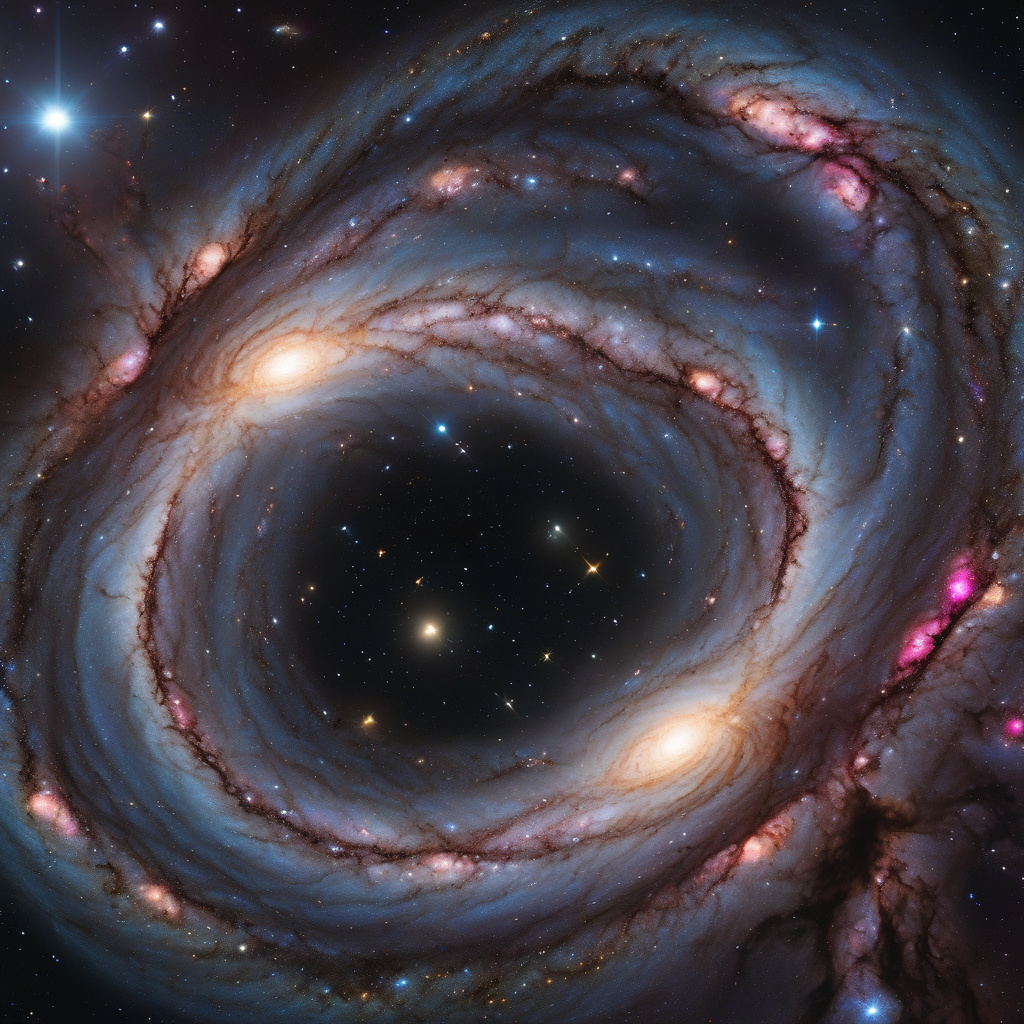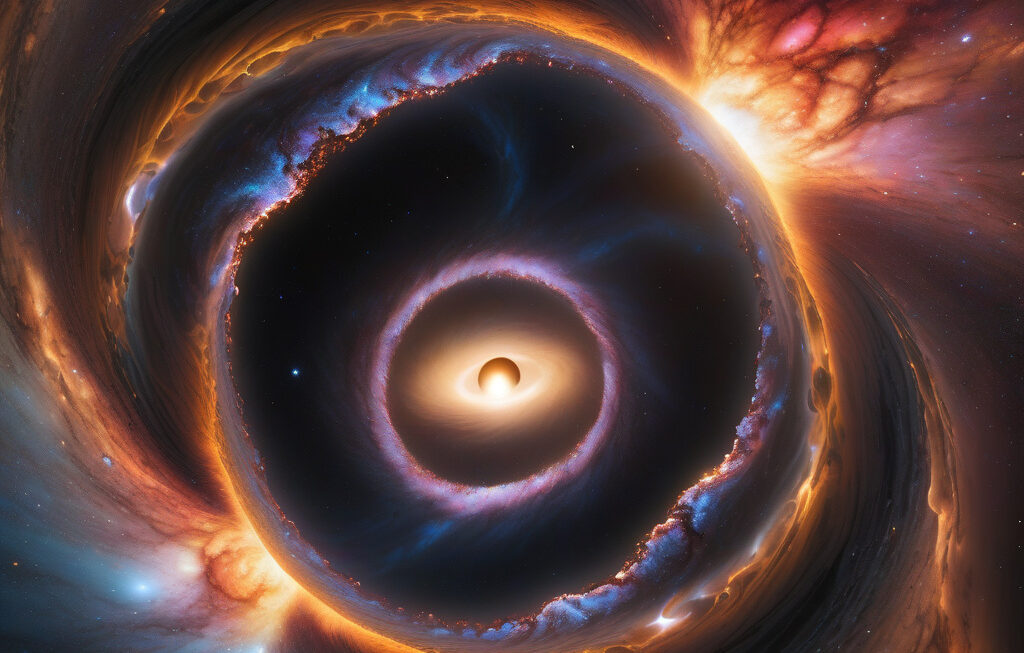String Theory Sheds Light on Dark Energy’s Role in the Universe’s Expansion
Physicists have proposed a new model of space-time based on string theory to explain dark energy’s enigmatic role in driving the universe’s accelerated expansion. This groundbreaking approach aims to unravel the mysteries of the cosmos by merging the principles of quantum mechanics with general relativity.
Dark energy, a hypothetical form of energy that permeates all of space and drives the universe to expand at an ever-increasing rate, has long puzzled scientists. Traditional models struggle to account for this phenomenon, leading researchers to explore alternative theories such as string theory. String theory posits that the most basic building blocks of the universe are not particles but tiny, vibrating strings of energy. These strings oscillate at different frequencies, giving rise to the various fundamental particles and forces observed in the universe.
By incorporating string theory into the study of dark energy, physicists have developed a new framework that offers fresh insights into the nature of space-time. In this model, the expansion of the universe is driven by the interplay of dark energy and the intrinsic properties of string vibrations. These vibrations generate a dynamic tension within the fabric of space-time, causing it to stretch and expand at an accelerating pace.
One of the key advantages of the string theory approach is its ability to reconcile quantum mechanics with general relativity on cosmological scales. While quantum mechanics describes the behavior of particles at the smallest scales, general relativity governs the force of gravity on the largest scales. By unifying these two fundamental theories, string theory provides a more comprehensive understanding of the universe’s evolution.
Moreover, the string theory model offers a compelling explanation for the observed distribution of dark energy across the cosmos. According to this framework, the spatial distribution of string vibrations determines the density of dark energy in different regions of the universe. This intricate interplay between strings and dark energy sheds light on why dark energy appears to be so evenly distributed on cosmological scales.
In addition to its theoretical implications, the integration of string theory with dark energy research has practical applications for cosmology and astrophysics. By refining our understanding of the forces driving the universe’s expansion, scientists can make more accurate predictions about the fate of the cosmos. This knowledge is essential for addressing fundamental questions about the ultimate destiny of the universe and the nature of dark energy.
As researchers continue to explore the implications of string theory for dark energy and cosmic evolution, new discoveries are on the horizon. Advanced observational tools, such as the James Webb Space Telescope and the Large Hadron Collider, will enable scientists to test the predictions of string theory in the realm of dark energy. These experiments hold the potential to validate the string theory model and revolutionize our understanding of the universe.
In conclusion, the integration of string theory into the study of dark energy represents a paradigm shift in cosmology. By unveiling the intricate connections between string vibrations and the accelerated expansion of the universe, this innovative approach offers a new perspective on the cosmos. As we delve deeper into the mysteries of dark energy and cosmic evolution, string theory stands at the forefront of scientific exploration, guiding us towards a more profound understanding of the universe’s complex tapestry.
string theory, dark energy, universe expansion, cosmology, astrophysics












